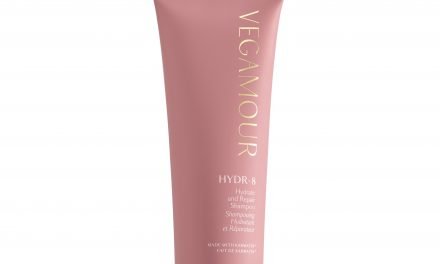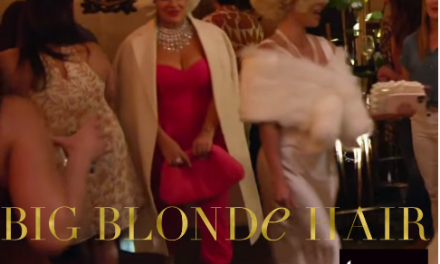
In funeral parlance, ‘green burial’ may be the most hyped phrase around. References to this ‘new’ and seemingly popular type of disposition seem to be everywhere these days, particularly in the press. And since we, or a loved one, may be headed in that direction, we might have looked up the subject.
Reading those stories would make one believe that green funerals are the biggest trend in funeral service. But, in fact, they are not. What’s more, they are certainly not anything new.
Those of the Jewish and Muslim faiths have been having green burials for as long as anyone can remember. The modern concept is an extension of an environmentally concerned society which advocates for a greener lifestyle as a way to leave a gentler footprint on the earth.
For burial to be considered green, a number of elements are essential: no chemical embalming, clothing made of natural fabrics, no cut stone monuments, no vault and a biodegradable casket. The deceased can also be wrapped in a burial shroud depending on cemetery regulations.
But while these burials sound simple – and at first glance may seem inexpensive – that is hardly the case. A number of myths surround this type of disposition.
Green Burial Is Less Costly
Perhaps the biggest myth that circulates the media is that green burial is more economical than traditional burial. Quite to the contrary though, green burial can be just as costly – if not more.
Think organically grown fruits and vegetables vs those traditionally farmed. And some of those oft-promoted eco-friendly wicker, willow and bamboo caskets retail for around $2,000 – comparable to the price of a traditional casket.
Shrouds, too, can be pricey, ranging from about $150 for a simple muslin cloak to $800 for a silk shroud lined in a choice of herbs, such as sage.
You Don’t Need to Purchase Cemetery Property
As with traditional burial, you must purchase a gravesite. In many states, certified green cemeteries are few and far between, and often a great distance from major cities. And some states, according to the Green Burial Council website, have none.
Sleepy Hollow Cemetery
While some cemeteries are entirely green, others are considered hybrids, reserving a section for such burials. Historic Sleepy Hollow Cemetery, in Valhalla, New York, has set aside about half an acre for natural burial. It is the only cemetery in Westchester County, New York, to provide this alternative.
Called Riverview, the cost of a grave for one interment is $4,000, and the opening charge is $1,830. A flat, natural stone can be placed at the site through a monument company.
To get a sense of the price differential, graves in other sections of Sleepy Hollow for two interments cost between $5,000 and $6,000, with the same opening charge.
Joshua Tree Memorial Park
Joshua Tree Memorial Park, at the other end of the country, is the only natural burial cemetery in Southern California, according to a spokeswoman. A grave for one costs $3,700.
In addition, there is a grave opening charge of $1,300 plus an endowment fee of $250. Graves are marked by indigenous plants such as cacti to “maintain the integrity of the land.”
Woodlawn Cemetery
In the city of Santa Monica, California, is Woodlawn Cemetery, where a green burial grave for one adult is listed on their website as $13,050.00, plus $4,567.50 for endowment care. Elsewhere in the cemetery, graves sell for $9,918.00 with an endowment fee of $2,279.50.
Environmental Impact
While some estimate that 827,000 plus gallons of formaldehyde are used each year (thus ending up in the ground), Melissa Johnson Williams, a funeral director and the former head of the American Association of Embalmers, believes those numbers seem too high based on normal use.
“There is no way for 827,000 gallons of formaldehyde to be used in one year, based on the way it’s actually used by embalmers.”
And in an article for The Dodge Magazine John “Jay” Rhodes, past president of the Academy of Professional Funeral Service Practice wrote that “Studies also show that a sewer system can effectively break down formaldehyde rendering it safe.” Rhodes continued, “Up to now, I have not seen anything proving otherwise.”
The Bottom Line
In 1998, North America’s first green cemetery opened in Westminster, South Carolina. Twenty years later, the concept doesn’t seem to have taken the industry by storm.
An official of Batesville, the country’s largest casket manufacturer, said the company did a trial a few years ago but did not see a big demand from funeral homes for eco-friendly products.
“There’s a difference between people expressing an interest and speaking with their pocketbook when the time comes. They do not follow through,” she stated.
A 2018 article in Forbes titled What Does ‘Going Green’ Mean for the Funeral Industry? was more skeptical, noting, “All in all, green funerals remain a fascination of the fringe.”
Still, if you decide to opt for a green burial for yourself or for a family member, keep in mind that this is a service any funeral home can provide for you. Do not be constrained by the Approved Provider of the Green Burial Council logo on a funeral home’s website.
Funeral homes no more specialize in green burial than they do in traditional burial or cremation. Green burial is just another funeral option, not a trend.
Factors to Consider if Going Green
- Lack of embalming will likely preclude an open-casket visitation.
- Cost of the burial plot, grave opening and maintenance charges.
- Higher transportation cost to a non-local cemetery.
- Increased carbon emissions due to distant travel on the day of the burial, and on future visits.
- May prevent future disinterment for cremation or traditional burial if family wishes change.
Let’s Have a Conversation:
Have you heard about green burial? Have you considered the option for yourself or a loved one? What did you expect it would provide, in comparison to traditional burial? Please share your thoughts in the comments below.





